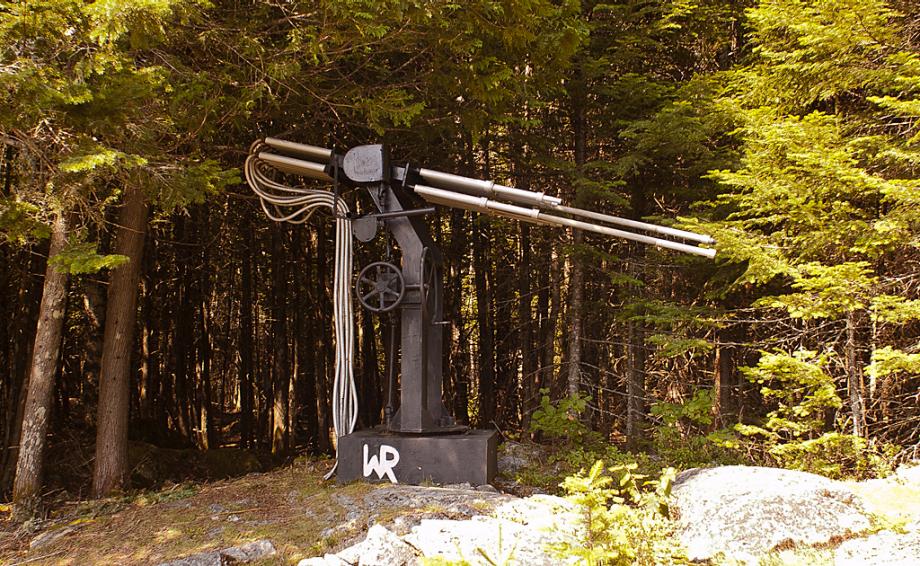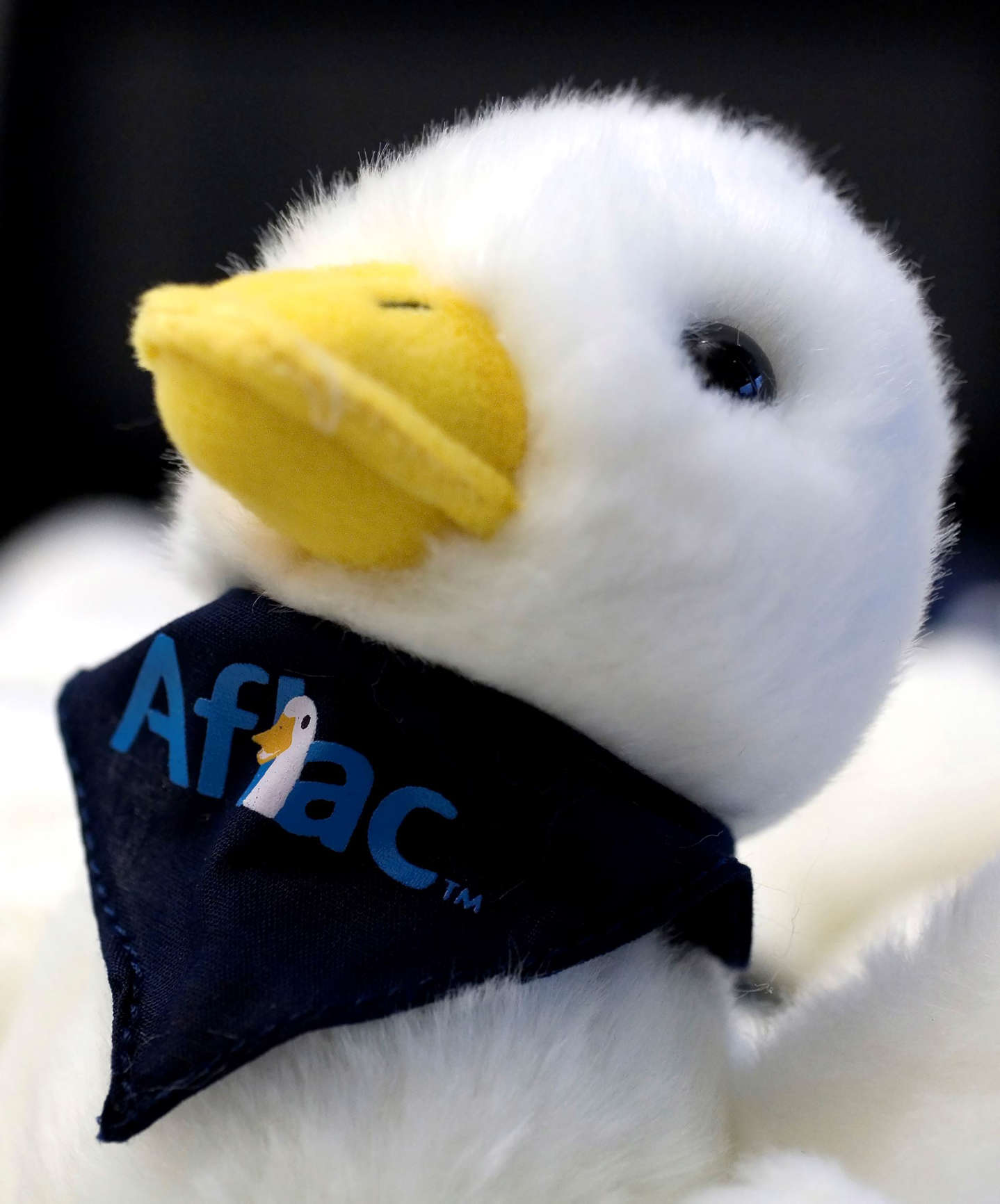A Skeptical Scrutiny of the Works and Theories of WILHELM REICH
Jump to the Introduction
Completed critiques:
Orgastic Potency as the criterion for emotional healthOthers' personal experiences with Orgone Therapy
The Bioelectrical Investigation of Sexuality and Anxiety
Bions
The problems with Reich's use of the microscope
PA Bions
T-Bacilli
SAPA Bions
Orgone Radiation
The Orgonoscope
The Orgone Energy Hypotheses
The Orgone Field Meter
The Reich Blood Test(s)
Experiment XX
The problems with Reich's use of the Geiger-Müller counter
Vacuum Orgone (VACOR) Tubes
Orgone Motors
The Oranur Experiment
Melanor, Orite, Brownite, and Orene
Cosmic Superimposition
Articles written by others but hosted here
Breaking the Silence: Secrets of the Reichian Cult (.pdf file) by Marjorie BayesCritiques still under construction:
Character AnalysisSex Economy
Vegetative Currents (Orgonotic Streamings)
The Tension-Charge (Orgasm) Formula
The Cancer Biopathy
Psychiatric Orgone Therapy (character-analytic vegetotherapy)
My personal experiences with Orgone Therapy
Orgone Accumulators (ORACs)
Orgonomic Functionalism
The DOR Hypothesis
Cloudbusters
Medical DOR Busters
The Emotional Plague
Energy alphas
The FDA Injunction against Reich
The book burning
Critiques yet to be written:
The Orgasm ReflexReich's conviction and imprisonment
Introduction
Wilhelm Reich (1898-1957) is one of the most colorful characters ever to tackle the mysteries of the universe. He was charismatic, strong-willed, well-read, imaginative, and unflinchingly devoted to his ideals. And he was also, beyond doubt, a crackpot.Reich's initial work was in the area of psychoanalysis. In fact, he was a protege of Sigmund Freud. His technique of Character Analysis expanded on Freud's psychoanalysis and was well-received. Some at the time even considered Reich to be Freud's successor. However, his involvement with the early Communist Party in Europe eventually got him kicked out of the psychiatric community — and ironically, his involvement with the psychiatric community got him kicked out of the Communist Party at around the same time. His relentless insistence that sexuality was central to emotional health earned him more critics than supporters, as well. Reich eventually fled Germany for Norway in 1933 for fear of the rising power of the Nazis, who showed a great deal of enmity toward members of the Communist Party (even former members).
From there on, though, Reich began to delve into areas of research for which his medical and psychiatric training left him ill-equipped. He performed bioelectrical experiments on subjects in various states of sexual arousal, somewhat reminiscent of the experiments Masters and Johnson would perform two decades later. He claimed to see microscopic bions develop from lifeless matter and organize themselves into living cells. And he eventually came to believe he had discovered a primordial energy essential for life, which he called orgone energy, and which he was obsessed with for the rest of his life. Along the way of making these various "discoveries," his works were either ignored or heavily criticized by the mainstream scientific community. Reich seemed to take every criticism of his work as a personal attack. He was convinced he had made the greatest discoveries in the history of humanity, next to which the discovery of electricity or the law of gravity or the wheel or fire were insignificant. He felt that mainstream scientists only attacked his work because his discoveries were too emotionally disturbing for them to tolerate. (Why was such obstinant resistance to Reich's "obvious truths" so prevalent? Why, because of the emotional plague, of course.) And Reich surrounded himself with people who agreed with his assessments of his discoveries' greatness, people who all lacked any formal training in the natural sciences — training which, if it had been present, might have helped Reich see the real, concrete reasons why his work was criticized.
Thus far, hardly any skeptics have seen Reich to be worth the time and energy necessary to debunk all of his claims in detail. Almost all skeptical treaments of his works focus on the more outrageous claims he made about orgone energy, or simply poo-poo his research and theories out-of-hand. This, unfortunately, lends a false air of legitimacy to the various Orgonomy groups that promulgate Reich's ideas. Modern orgonomists come across like poor, downtrodden underdogs, attacked without reason by those few obviously orgastically impotent skeptics and mainstream scientists out there who still take potshots at Orgonomy. Since the skeptics and scientists never seem to show why the Orgonomists are wrong — at least not to the satisfaction of the Orgonomist groups, who always seem to have a rebuttal up their sleeve — the Orgonomists must therefore be right, of course.
This situation might be improved if the criticisms levelled against Reich by his contemporaries were easily accessible in English today. But sadly, most of them, such as Kreyberg's criticism of bions in the 1930s, are practically lost to history. Martin Gardner's Fads and Fallacies in the Name of Science contains one of the few critical treatments of Reich that has survived to this day, but even this is lacking in sufficient details to answer the rebuttals of the modern orgonomists.
My personal experiences with Orgonomy go way back. Some people are raised in a Catholic family. Some people are raised in a Jewish family. I was raised in an Orgonomy family. And despite Reich's insistence to the contrary, Orgonomy is a religion, filled with sacred truths which can never be experimentally verified, a single central theme which tries to explain everything in the universe, a Fall from Grace in the mythical past, and even a Christ figure in Reich himself. I was forced to endure years of orgone therapy the way many other children are forced to go to church. I became a "convert" to Reich's works in late puberty thanks primarily to his pro-sex attitude. I was a "true believer" until the late 1990s, when my skeptical instincts finally caught up with me, and I at last acknowledged the similarities between the writings of Reich and the ravings of various other cantankerous crackpots who were trying to hawk their own all-encompassing theories.
This collection of articles, then, is the culmination of my skepticism toward the works and theories of Wilhelm Reich. Reich's work encompassed many, many areas, not all of which he documented in the detail necessary to critique them properly. So, yes, some of my critiques involve my personal, educated guesses as to what Reich might "really" have been seeing or measuring. But enough of Reich's writings do give sufficient detail that Reich's own shortcomings as a self-proclaimed scientific researcher come through plainly. For unlike Sir Isaac Newton, Reich was not willing to stand upon the shoulders of giants. He stood only as high as his own experiences would allow, and from this low perch imagined himself to be a lone eagle soaring higher than any other man had ever reached.















 © Photograph by Antoine Morin
© Photograph by Antoine Morin









